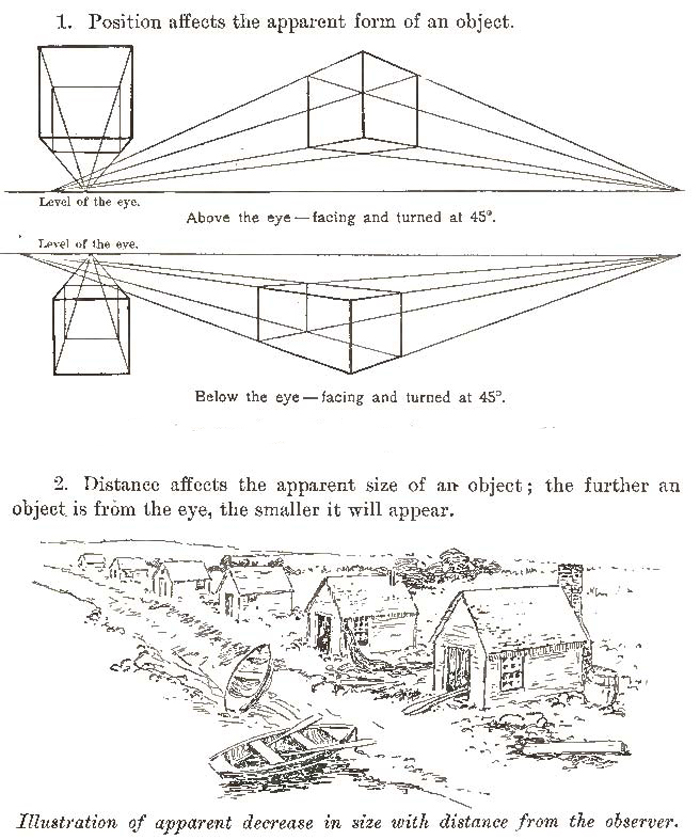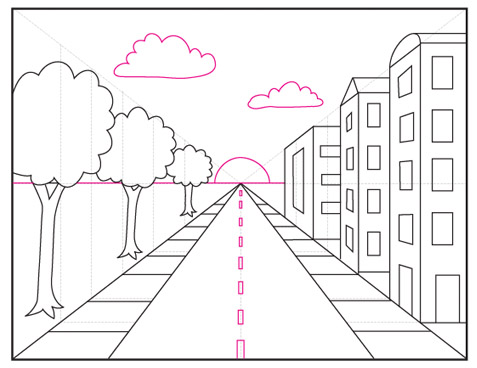

Once the basic shape of the object is defined, lines that recede back to the vanishing point are added from each corner of the object.

Some of the lines used in one point perspective will use the "vanishing point" as an anchor. This dot can best be thought of as the place where objects begin to disappear because of distance. All of the lines of perspective will recede back to this singular dot in space. One point perspective utilizes one vanishing point. A drawing or painting can be created without a horizon line, but its good practice to include one even though it may not be visible in the finished work.ĭots placed on the horizon are called the "vanishing points".

Understanding the horizon line helps the artist make an informed decision on where the vanishing point or points should be placed. In this case, the horizon line does not mark the division between "sky" and "ground" In the following image, the viewer could be looking down onto buildings. The object will still be viewed in perspective, but the "horizon line" is not the dividing space between "sky" and "ground" in these situations. For example, the viewer may see an object by looking up at it or perhaps directly down upon it. The horizon line can also be the vantage point from which a viewer is observing. The horizon line is not always clearly defined by "sky" and "ground", however. The "horizon line" is sometimes described as the line that divides the ground from the sky. One point perspective assumes that a viewer is at a certain vantage point and that there is a real or theoretical "horizon line" present.


 0 kommentar(er)
0 kommentar(er)
